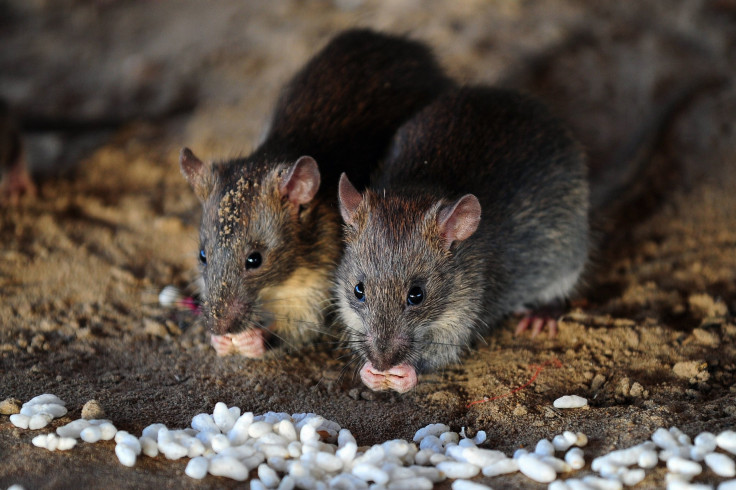'Frantic' Sex For 14 Hours Is Killing These Endangered Rat-Like Marsupials

Two Marsupial species found in Australia — the rat like black-tailed dusky antechinus and silver-headed antechinus, both with narrow snouts — is on the verge of extinction because they are having too much sex!
These creatures have abnormally long mating seasons, which could last for weeks. During these seasons, males and females frequently change partners, engaging in sexual intercourse for 14 hours at a time.
Far from being a dream come true, the strenuous sexual regime proves to be a nightmare for males. According to Andrew Baker, lead scientist of a research team that discovered five new species of antechinus since 2012, it is the males which produce testosterone in their bodies. Constant high levels of the hormone keep the stress hormone, cortisol, always on the peak.
This means the males become exhausted within the four to five days of participating in the breeding season. Finally, cortisol in their bodies reaches such toxic levels that it destroys their immune system and they bleed out to death.
"They're honestly like the walking dead towards the end," Baker said. "I've seen them stumbling around during the day - they are nocturnal mostly - still looking for mates, bleeding from various parts of their body and their hair has fallen out."
Ode to an Opossum
— Wild Bird Fund (@wildbirdfund) May 9, 2018
Not a rodent, not a rat.
Kind of furry, sort of fat.
Fifty teeth are in that smile.
Hey, you're a marsupial!
Always busy making babies.
Almost never catching rabies.
Lugging joeys on your back.
Ticks are, like, your favorite snack. pic.twitter.com/Dl9BUcap6H
Females are a little luckier than their male counterparts as they get to live for up to a couple of years during which they give birth to between six to 14 babies.
The frantic sexual behavior comes from the fact that there is no requirement between the males and females of the species to connect emotionally. In the lack of courtship, they are able to maximize their chances of reproduction by engaging in sex with as many partners as possible.
The Australian government has recently added the two species of antechinus to its endangered species list. In order to save the species from getting extinct, researchers have come up with a couple of ideas, both of which are riddled with limitations.
The first idea is to try and keep the males and females separate from each other during breeding season, introducing a female to a male one at a time, after evaluating the health of both. This would be difficult to conduct other than in a laboratory.
Scientists have already tried castrating the males to ensure their survival and it worked. However, it did not do much for the future of the species as the males could not reproduce.
Baker also believes these marsupials have better chances of survival if they migrate to southern Australia where the temperatures are much cooler. When the species was originally discovered in 2013, it was observed that they preferred wetter, higher-altitude regions of Queensland, in northeastern Australia. Hence, scientists are yet to figure out how to introduce the creatures to the southern areas.
The scientists have to come up with something fast as the population of the species – both male and female – is fast declining, with their population estimated to be reduced to just 250 in the world. The population size was 10 times a few decades ago.
"It's a double tragedy to only just recently discover them - and we were so excited about that, especially in a country like Australia where we have lost so many mammals - and then now the very ones we've discovered might be lost," Baker said.
© Copyright IBTimes 2024. All rights reserved.






















